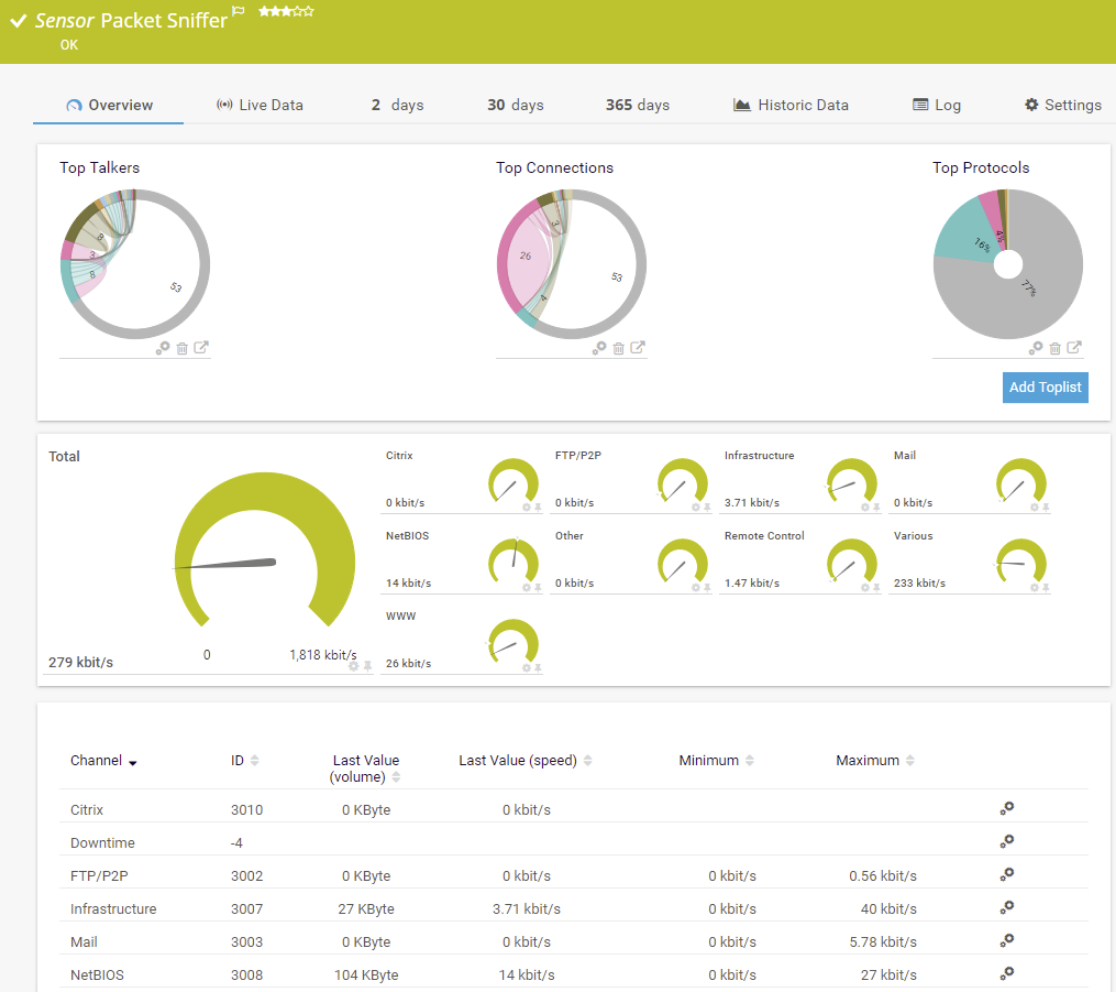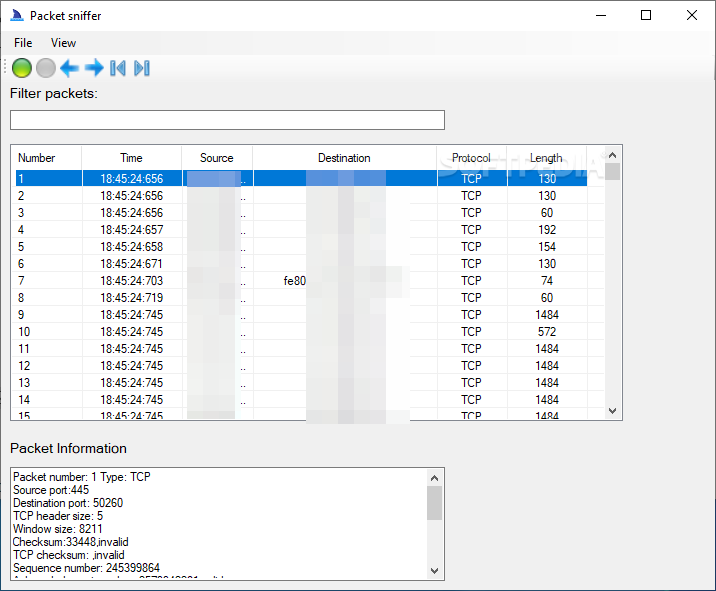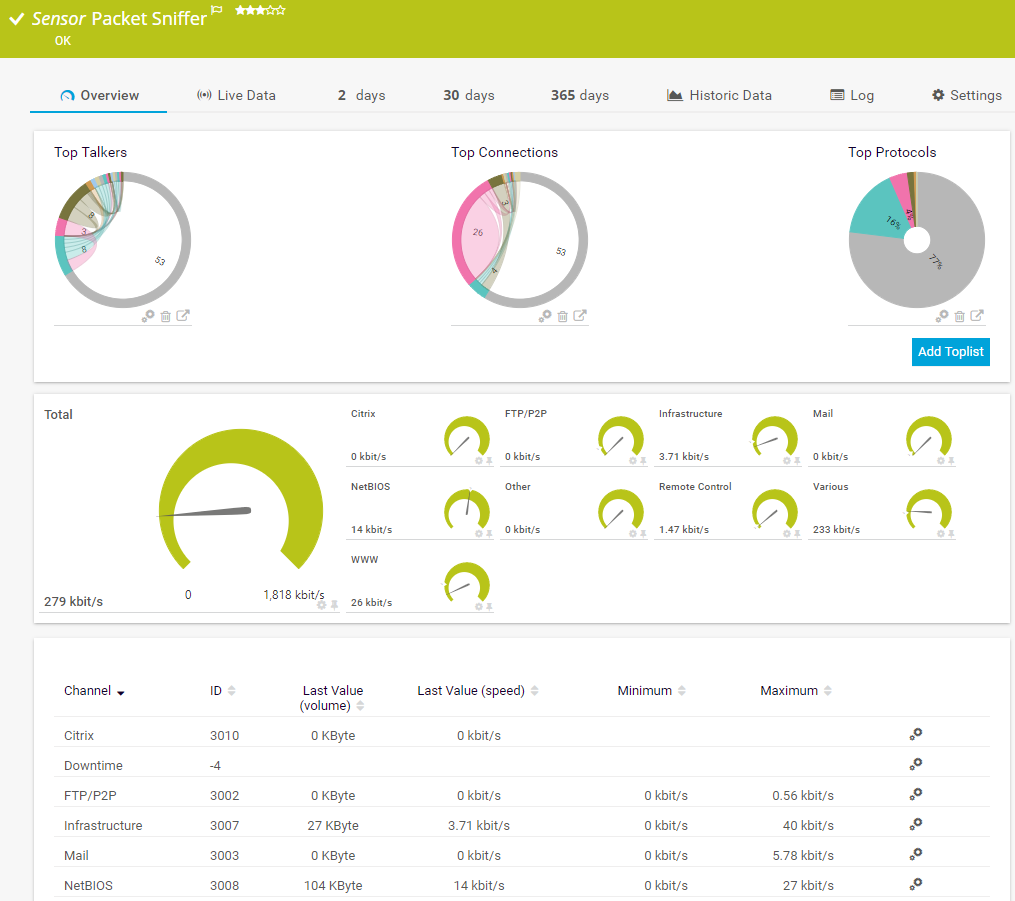

For instance, by tracking and logging response time for packets sent between clients and servers, an analyzer can provide metadata about network and application traffic. However, effective packet analysis can also just capture the header and transaction information, collecting metadata for performance troubleshooting.
#PACKET SNIFFER FULL#
In some cases, packet capture analysis includes the full payload of the packet, tracking data like usernames, sites visited, applications used, and detailed contents of activities. SPAN ports are part of Layer 2 and 3 network switches and require admin configuration during setup. This method doesn’t affect the destination host’s connection. This method sends a copy of all network packets on one port to another port, where they’re subsequently analyzed. The second method is port mirroring, or switch port for analysis (SPAN). This method requires a physical device and connection, which can be costly. A TAP is a hardware tool enabling network monitoring by transmitting “send” and “receive” packets on separate channels to the same device, ensuring simultaneous delivery. The first is the test access point (TAP) method.
#PACKET SNIFFER SOFTWARE#
Packet analyzer software uses two common types of access methods to capture packets. A packet scanner can capture all packets if set to perform unfiltered analysis, or it can filter to only capture only packets containing specific elements. However, a packet analyzer doesn’t focus only on packets addressed to it - it looks at all the traffic to which it is given access. Normally, only the intended recipient will read the packet. In general, a data packet is sent over a network with a header specifying its destination. It’s broken down when sent and reassembled at the receiver node. A packet is simply a message split into its smallest possible parts to travel across a network. Essentially, it can see all the information passing over the network by looking at each packet. However, packet sniffing is also sometimes performed by hackers, who capture packets to steal or “eavesdrop” on sensitive information in transit, including usernames and passwords, email contents, and other private data.Ī packet analyzer intercepts network traffic and captures the in-transit data packets. When performed by an admin, this process can reveal information to facilitate precise troubleshooting. Additionally, admins can use packet capture analysis to note spikes in traffic or unusual activity that could signal a security issue. Packet analyzers are also valuable for diagnosing network issues, checking configurations, and resolving slowdowns, as this level of analysis can reveal exactly when and where performance issues occur. Viewing updates on network traffic types and volume reveals how the network is currently being used and allows for capacity planning.

Capturing and analyzing packets yields statistics about network health, traffic flows, and bandwidth usage. This granular level of detail offers a realistic picture of the network’s current state. What is the purpose of packet capture analysis?Īdmins use packet capture analysis, also known as deep packet inspection or network sniffing, to assemble an accurate overview of network health based on packet-level insights.NPM offers user-friendly tools to facilitate network performance management. Gain access to an intuitive, centralized dashboard.Go beyond Wireshark limitations to gain a detailed picture of network packet traffic. Leverage a built-in network packet analyzer.

Leverage in-depth packet analysis to catch worrisome spikes in traffic. Network Performance Monitor (NPM) has automated alerts able to notify you when the packet scanner detects an issue.


 0 kommentar(er)
0 kommentar(er)
